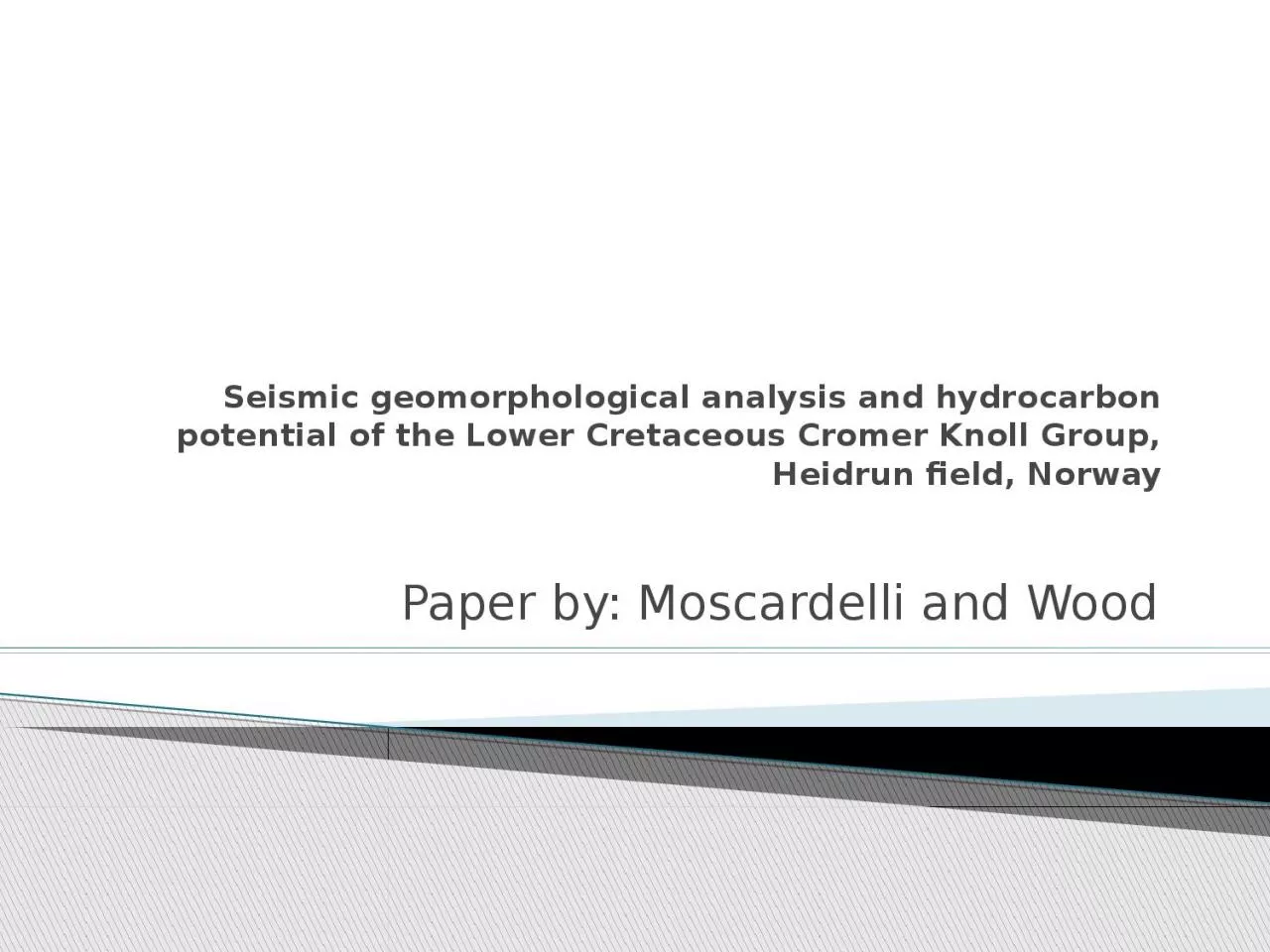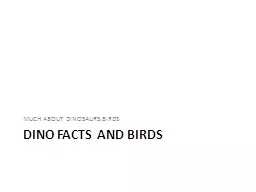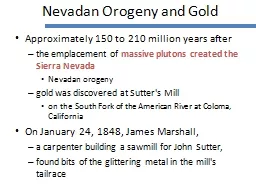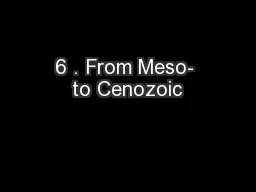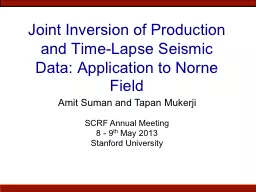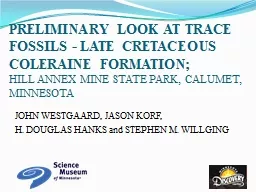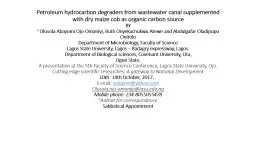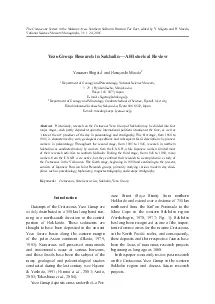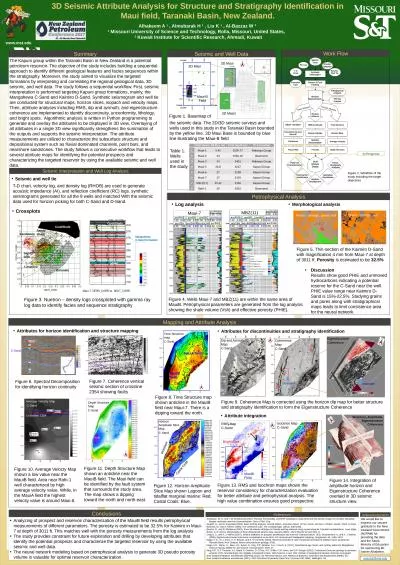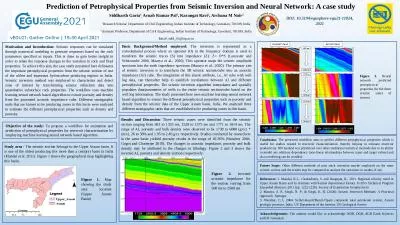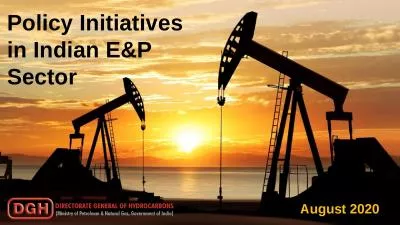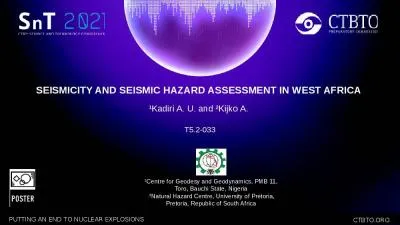PPT-Seismic geomorphological analysis and hydrocarbon potential of the Lower Cretaceous Cromer
Author : hanah | Published Date : 2022-06-28
Heidrun field Norway Paper by Moscardelli and Wood Main objective One of the main objectives of this study is to characterize the architecture and geomorphology
Presentation Embed Code
Download Presentation
Download Presentation The PPT/PDF document "Seismic geomorphological analysis and hy..." is the property of its rightful owner. Permission is granted to download and print the materials on this website for personal, non-commercial use only, and to display it on your personal computer provided you do not modify the materials and that you retain all copyright notices contained in the materials. By downloading content from our website, you accept the terms of this agreement.
Seismic geomorphological analysis and hydrocarbon potential of the Lower Cretaceous Cromer: Transcript
Download Rules Of Document
"Seismic geomorphological analysis and hydrocarbon potential of the Lower Cretaceous Cromer"The content belongs to its owner. You may download and print it for personal use, without modification, and keep all copyright notices. By downloading, you agree to these terms.
Related Documents

